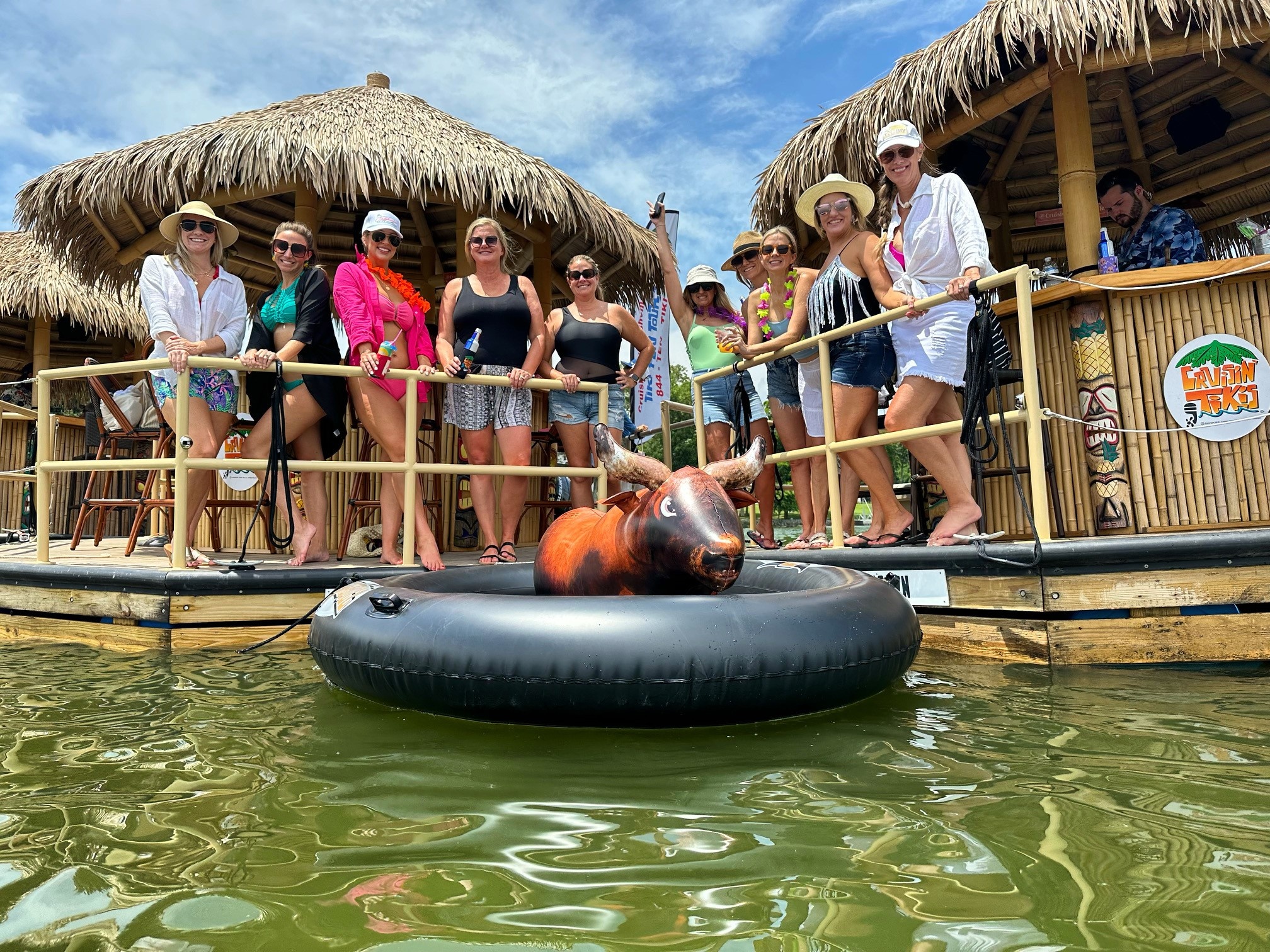Preparing Your Crew for a Safe Cove Party on the Water
Hosting a cove party on the water around Annapolis offers an exhilarating blend of social joy and natural challenge. This guide ensures your crew is equipped with the right knowledge and gear to navigate curving shorelines, shifting tides, and surprise winds for a safe, memorable day.
Select Proper Footwear
Wear shoes with solid grip and quick-drying materials to handle slippery rocks and wet slick surfaces safely.
Know the Tide Schedule
Planning around tides helps avoid being stranded on exposed mudflats or battling strong currents during departure.
Pack Waterproof Communication
Two-way radios or waterproof phones keep your crew connected beyond shouting distance across the water and in case of emergencies.
Hydrate Continuously
Salt air and sun can dehydrate faster than you expect. Keep insulated bottles handy and encourage sipping often.
Preparing Your Crew for a Safe Cove Party on the Water

Private Party Cove Excursion
All Ages • 3 Hours • Up to 18 People
Set sail on a lively three-hour Tiki Bar cruise to a scenic Nashville cove. Enjoy swimming, drinks, and good times with friends in this unforgettable water adventure designed for fun and relaxation.
A cove party on the water calls for more than just packing a cooler and picking a spot. It’s about syncing your crew with the rhythm of the waves, the shifting tides, and the ever-present demands of a marine gathering. Imagine a secluded cove where the water whispers possibilities and the shoreline invites gathering—a setting both thrilling and humbling. But the water doesn’t just await; it tests, challenges, and moves in ways that require respect and readiness.
Start with the crew briefing: every captain and passenger should understand the basics of water safety. Whether you’re anchoring a boat or tethering kayaks, knowing how to read currents and predict wind shifts isn’t optional. The cove can feel like a quiet refuge, but it has a pulse—rising with the tide, dancing with the breeze, a living backdrop that demands attention.
Gear choices make or break your day. Invest in sturdy, non-slip footwear for rocky shorelines, and choose life jackets that fit snugly and comfortably—ill-fitting gear doubles hazards in splash zones and rocking vessels. Bring waterproof bags for essentials, so your phone, keys, and snacks stay dry despite unpredictable waves whispering at your sides.
Timing matters. Early arrival means calm waters, easier navigation, and the best spots before the cove fills with other groups. Afternoon winds can pick up suddenly; plan your departure accordingly and keep an eye on changing sky and water colors signaling shifts in weather.
Hydration and nutrition fuel the fun. Salt air and sun nearness work double against your body. Pack plenty of water, preferably in insulated bottles to keep coolness steady, and include snacks that sustain energy — think nuts, dried fruits, and protein bars. Your senses will thank you when the sun climbs high and the day swells in energy.
Communication is your crew’s anchor. Two-way radios or waterproof phones ensure you stay connected even when the cove’s curves force you apart or the chatter of water and wind rises.
Respect the cove’s ecology—avoid disturbing marine life or fragile shoreline plants. Trash has no place here; leave nothing but footprints and take nothing but memories. The water’s mood shifts with the day; it’s fiercely itself, requiring constant attention and respect.
Before you launch your anchors and open the coolers, ensure your crew is aligned on these basics. Prepare well, stay alert, and let the cove be the setting for memories forged in safety and shared adventure.
Nearby Trips
All Adventures
Boat Charters
Water Activities
Adventures near Annapolis
Discover the unique and memorable adventures that make Annapolis special.
Frequently Asked Questions
What should I know about tides when planning a cove party?
Tides can drastically change water depth and shoreline exposure, affecting anchorage spots and safe swimming areas. Check local tide charts before arrival and plan your entry and exit around slack tide to avoid strong currents.
Are campfires or grills permitted during cove gatherings?
Many small coves prohibit open flames to protect fragile ecosystems and reduce wildfire risk. Use portable grills only in designated areas and always confirm local regulations before your trip.
How do I handle sudden weather changes while on the water?
Keep a close eye on cloud patterns and wind direction. Have quick access to a nearby safe harbor or shore exit and maintain communication with your crew to coordinate a timely retreat if storms approach.
What local wildlife might I encounter at a cove near Annapolis?
Expect to see great blue herons standing sentinel, playful otters darting among reeds, and occasionally osprey soaring overhead. Respect their space, as many rely on these quiet inlets for feeding and nesting.
How can I minimize my environmental impact at a water cove party?
Bring reusable containers, pack out all trash, avoid disturbing shoreline plants, and keep noise levels moderate. Using eco-friendly sunscreens and soaps protect aquatic life.
What’s a lesser-known spot to explore at local coves around Annapolis?
Try the small inlet just east of Gibson Island where rocky outcrops meet shallow tidal pools—perfect for spotting crabs and starfish away from busier areas.
Recommended Gear
Personal Flotation Device (PFD)
Critical for every person aboard to stay safe amid waves and unexpected falls overboard.
Non-slip Water Shoes
Protects feet and provides traction on wet rocks and boat decks.
Waterproof Communication Device
Keeps crew connected and able to call for help if needed.
Insulated Water Bottle
Keeps water cool and readily accessible during warm weather hours.
Local Insights
Hidden Gems
- "East Cove tidal pools with diverse marine life"
- "Quiet sandy beach on the north side used mostly by locals"
Wildlife
- "Great blue heron"
- "River otters"
- "Osprey"
- "Diamondback terrapins"
History
"This region has long been a gathering place for local Native American tribes and later colonial settlers, with water routes vital for trade and community connection."
